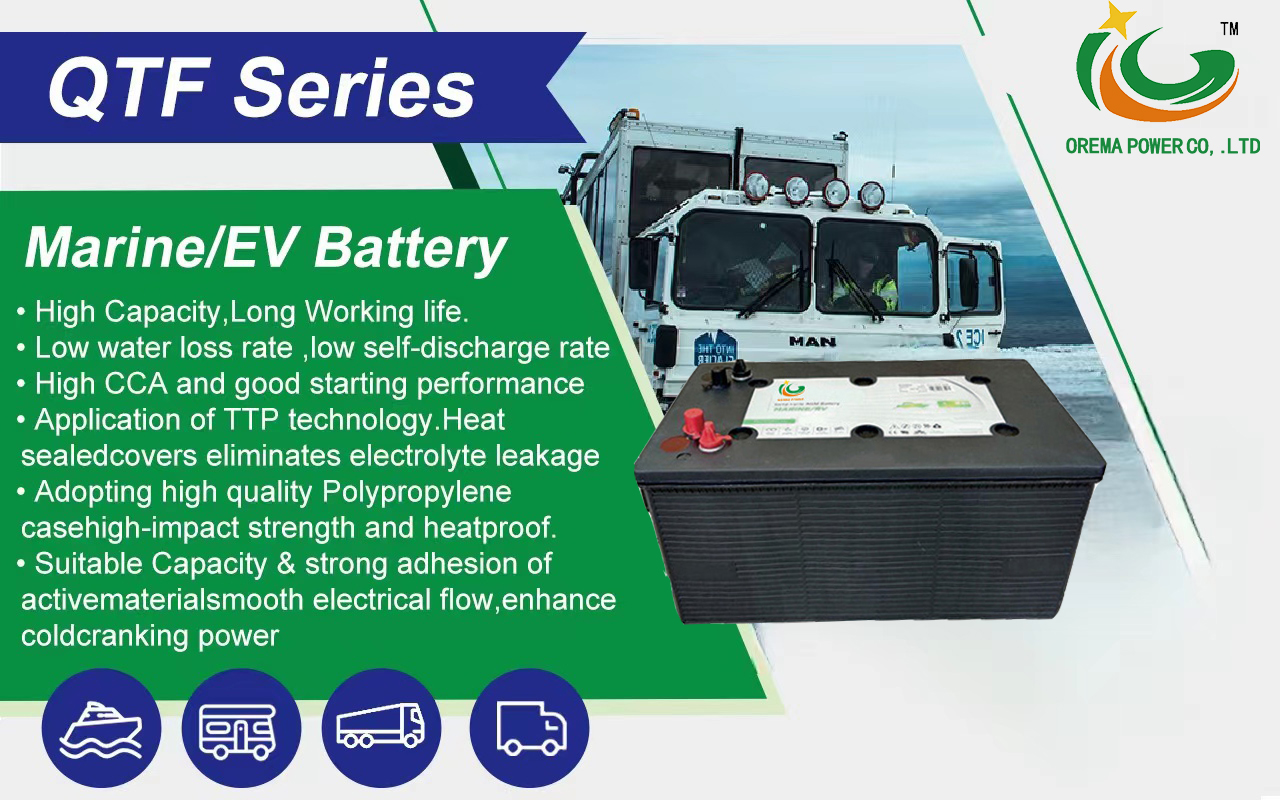The combination machine is a specialized piece of equipment, either semi-automatic or fully automatic, built around common components but tailored with specific parts and fixtures designed to match the unique shape and machining requirements of the workpiece. Typically, it employs multiple axes, tools, processes, and simultaneous operations across different faces or stations, resulting in production efficiencies that are several to even dozens of times greater than those achieved by conventional machine tools.
Thanks to the standardization and serialization of common components, these machines can be quickly and flexibly configured as needed, significantly reducing design and manufacturing time. This leads to the key benefits of cost-effectiveness and high productivity, making them ideal for large-scale and mass production environments, often integrated into automatic production lines.
Combination machine tools are commonly employed to process cabinet-like or irregularly shaped parts. During machining, the workpiece usually remains stationary while the rotational movement of the tool, along with the relative feed motion between the tool and the workpiece, enables various operations such as drilling, reaming, boring, milling flat surfaces, cutting internal and external threads, and machining outer diameters and end faces. Some combination machines use a rotating spindle head to hold the workpiece, allowing the tool to perform feed motions, which facilitates the machining of rotary body components like flywheels or car rear axle half shafts.
Specialized machine tools first emerged alongside the growth of the automotive industry. Over time, certain elements within these machines became standardized and reusable, leading to the development of combination machine tools. To enhance the efficiency of smaller-scale production, group technology is often applied, grouping similar parts onto a single combination machine to maximize its usage. Two common types include the spindle box combination machine and the turret combination machine.
In recent years, with the increasing demand for customized solutions in industries beyond automotive, combination machine tools have found new applications. For instance, in the aerospace sector, they are being used to machine complex turbine blades and engine components. Additionally, advancements in digital control systems are enabling these machines to integrate seamlessly with modern manufacturing networks, further boosting their versatility and performance.
EFB Marine/RV Battery
The OREMA EFB Series Marine/RV Battery features a high tin alloy plate with low conductive losses. As a kind of EFB Battery,OREMA EFB Series Marine/RV battery has excellent deep cycle discharge capability, can adapt to long working hours, while anti-impact performance upgrade, can be stable in extreme temperatures. Of course, this battery is also suitable for truck batteries.
In essence, the novel combination of EFB advancements and the acid mixing process in the OREMA EFB Marine/RV battery leverages the inherent dynamics of the vessel. This not only prevents acid layering, a common issue leading to performance degradation and battery failure, but also ensures a continuous high-performance level, extending the battery's longevity and reliability. Therefore, it is an excellent choice for marine and RV applications, promising both robust performance and durability.
The OREMA 12V EFB Marine/RV battery is a cutting-edge solution, synthesizing the latest innovations in Dual-Purpose Enhanced Flooded Battery (EFB) technology with a unique acid mixing system. This system ingeniously utilizes the vessel's natural movement to continuously circulate the acid throughout the battery. This consistent circulation acts as a strong defense against acid stratification, a primary reason for premature loss of battery performance and eventual failure.
12V EFB Marine/RV Battery,Deep Cycle Marine/RV Battery,12V Truck Battery,12v marine deep cycle battery
OREMA POWER CO., LTD. , https://www.oremapower.com
